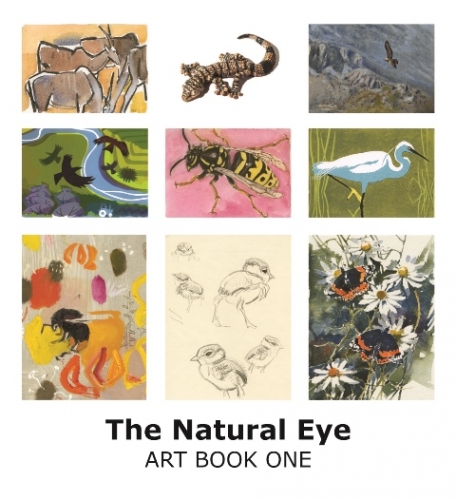I was thinking of subjects for sculptures for The Natural Eye, the annual exhibition of The Society of Wildlife Artists at the Mall Galleries in London, and decided that it would be fun to try and make a red squirrel.
I tried to make the piece life size but it ended up a little too large. Despite my best efforts most pieces end up about 15 or 20 percent bigger than I intend. I think it is a combination of working with found objects and working in 3D. If I was using a malleable material such as plaster or clay I could remove or add volume fairly easily. With found objects I like to try and show as much of the shape of the original tool as possible and hesitate to grind volume away and ‘muddy’ the shapes.
The head has a variety of tiny spanners in it and the ears are made of a large wingnut that I cut in half and dinner forks with steel cable for the tufts. Although it is a bit obvious to use colour in the piece, I think it helps to show it is a red squirrel and not the larger grey. The bulk of the red comes from an old hand drill and a canterbury hoe along with a couple of pairs of pliers that had red handles. In addition I found a coat hook that I brought back from Sark with layers of white paint which was perfect for the white belly. The tail proved a problem until I hit on the idea of using old auger drill bits.



